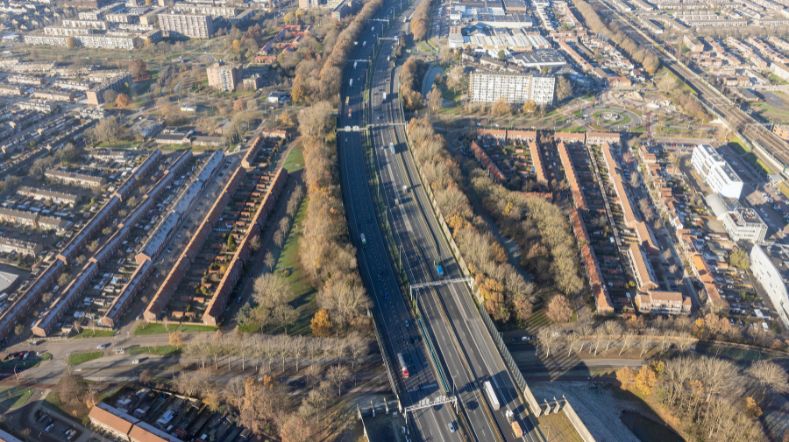Fresh air in schools
Conventional ventilation solutions are expensive and require major structural changes. We’ve developed an innovative and affordable system. This creates a healthy and comfortable indoor environment, with limited structural interventions.
In many schools, the air isn’t clean. Odours, germs, particulate matter, and other types of pollution are spread by children and their activities. The CO2 concentration in around 80% of school rooms is often three to four times above the health-based Occupational Exposure Limit. The large number of people per square metre and inadequate ventilation result in a poor indoor environment. In addition, the temperature inside is often too high during the summer months, while in winter, the air quality is inadequate because doors and windows remain closed to prevent draughts. Student performance may suffer from this unhealthy living environment. It also has an impact on teacher absenteeism.
How it works
The patented ‘Frisse Scholen’ (Fresh Schools) solution uses a different ventilation method. Instead of grilles and windows, fresh air is distributed through openings in the ceiling. The result is a draught-free, fresh, and cool classroom with a pleasant temperature. The space above the ceiling is used as an air distribution system. Combining optimum, stimulating lighting conditions with good sound insulation and speech intelligibility improves the indoor environment in the classroom. And this enhances children’s well-being and teachers’ working conditions.
Outside air feels fresh, but if a school is located near a busy road, it is in fact not fresh and therefore unhealthy for children. Air filters can efficiently capture particulate matter. The accompanying articles illustrate the effect of filtering in schools and nurseries.
Get inspired
Making air healthier along busy roads


Nitrogen dioxide advisory values exceeded much more often when cooking with gas compared to electric cooking


Three modifications for a healthier indoor air climate


Healthy air in the home with less particulate matter


Monitoring installations, components, and energy



